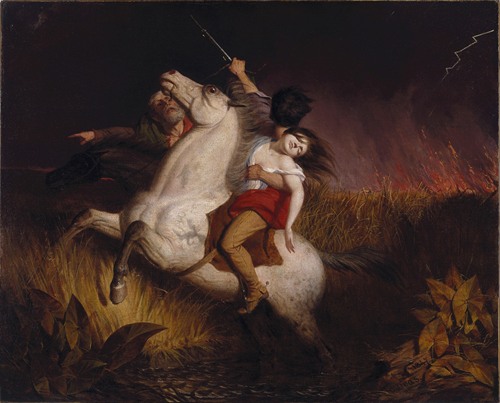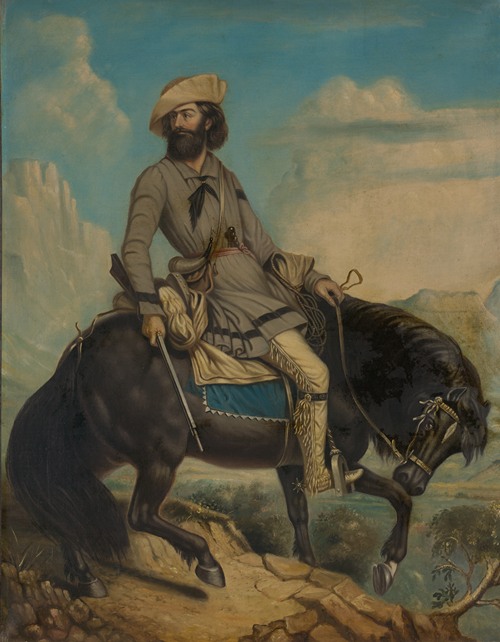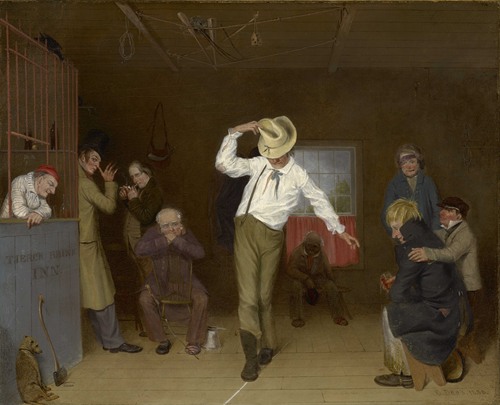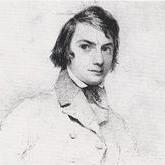




Charles Deas was an American painter noted for his oil paintings of Native Americans and fur trappers of the mid-19th century.
Charles Deas was born in Philadelphia, Pennsylvania. He attempted, and failed, to obtain an appointment to the United States Military Academy at West Point, New York. As a young man, he studied under John Sanderson in Philadelphia, and subsequently embarked upon a career as a painter. The National Academy of Design in New York soon recognized his work, electing him as an associate member in 1839.
By 1840, he had decided to emulate one of his influences, George Catlin, and travel westward in the United States. It was during travels through the Wisconsin Territory that he became a noted painter of trappers and American Indians. By 1841, Deas decided to establish his base in St. Louis, Missouri. During this time, Deas would typically spend "a few months among the Indian tribes, familiarizing himself with their manners and customs."
The artist's works are described as expressing "psychological tension, perceived danger, alarm, and flight," epitomized by his painting Death Struggle which depicts an Indian and trapper locked in combat while falling to their deaths from a cliff.
Deas was most famous while he was still alive. One critic, in 1947, stated that the painter was considered to have "enjoyed more of a reputation during his own lifetime" than currently. Between 1841 and 1848, Deas' regularly exhibited his works in St. Louis at the "Mechanics Fairs." He also shipped many of his works, for sale, to the Pennsylvania Academy of Fine Arts as well as to New York's American Art Union. Deas returned to New York in 1848 and expressed a desire to open a gallery of Indian art. Before he could do this he was declared legally insane.
On May 23, 1848, Deas was committed to New York's Bloomingdale Asylum (now occupied by Columbia University). He was institutionalized for the rest of his life. During this period, his paintings were described as being particularly intense. "One of his wild pictures, representing a black sea, over which a figure hung, suspended from a ring, while from the waves a monster was springing, was so horrible, that a sensitive artist fainted at the sight." Deas died of "apoplexy" (possible stroke) in Bloomingdale Asylum on March 23, 1867.
Deas' maternal grandfather was the 18th century American politician Ralph Izard of South Carolina.


